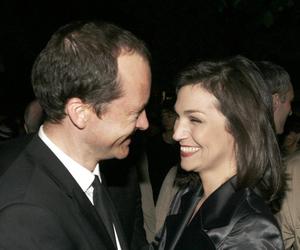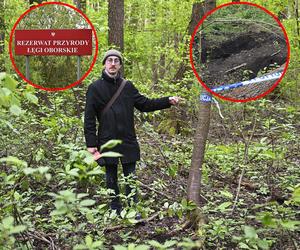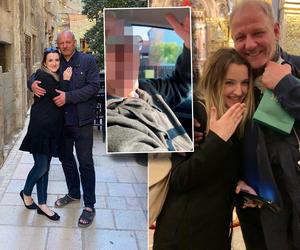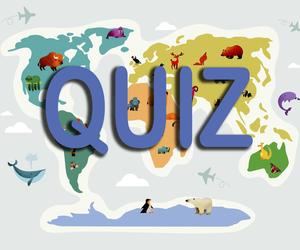The first mention of Gdańsk is from the late X century. Golden period for Gdańsk fell to the XVII century. Since that time it was a multinational city with different cultures, religions and languages. Gdańsk attracted merchants from all over Europe, which enabled the city to grow rapidly and became one of the richest cities in Europe at that time.
An important date in the history of Gdańsk was the year 1920. That's when the Treaty of Versailles decided for the Free City of Gdańsk. The situation began to complicate after the Nazis came to power and created the Third Reich in 1933.
German troops marched into Poland, and as the first to be attacked, after Wieluń, Westerplatte crew was Polish Post in Gdańsk. During World War II the city was largely destroyed.
After the war, thanks to residents’ effort the city was rebuilt. Under communism, Gdańsk was one of the main centers of anti-regime movement.
Signed in 1980 called "August Agreement" initiated by the beginning of the overthrow of communism in Europe. Gdańsk was the birthplace of the “Solidarity” movement which, under the leadership of political activist Lech Wałęsa, played a major role in bringing an end to Communist rule across Eastern Europe.
Today Gdańsk is the largest economic and scientific center on Polish coast. Gdańsk native Donald Tusk became Prime Minister of Poland in 2007.
Gdańsk has a number of historical churches: St. Bridget, St. Catherine, St. John, St Mary (Bazylika Mariacka), a municipal church built during the 15th century, is the largest brick church in the world. St Nicholas' Chuch, Church of the Holy Trinity.
The National Museum in Gdańsk contains a number of important artworks, including Hans Memling's Last Judgement
The most of the city’s tourist attractions are located along or near Ulica Długa (Long Street) and Długi Targ (Long Market). This part of the city is sometimes referred to as the Royal Road.
It was the former path of processions for visiting kings it is only 300 meters from start to finish.

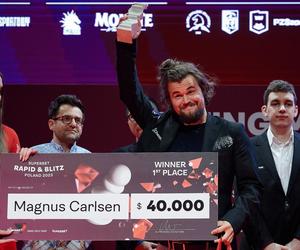


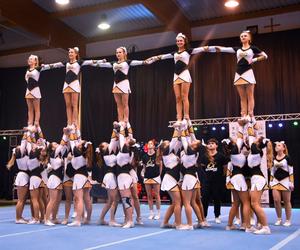


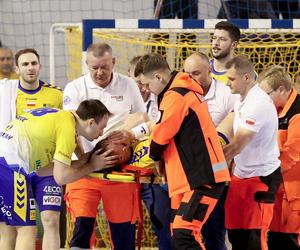

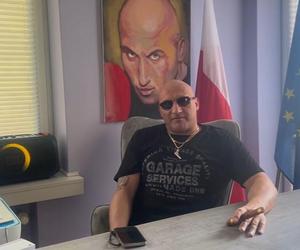
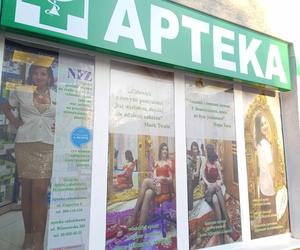






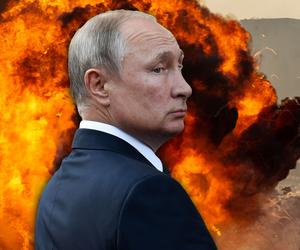
![Przelotny deszcz, a w nocy mróz. Tutaj będzie najgorzej [Prognoza IMGW na 26.04.2024]](https://cdn.galleries.smcloud.net/t/galleries/gf-Up5N-whgG-33rS_przelotny-deszcz-a-w-nocy-mroz-tutaj-bedzie-najgorzej-prognoza-imgw-na-26-04-2024-300x250.jpg)


![Biedronka rozdaje kiełbasę i warzywa [WIDEO]](https://cdn.galleries.smcloud.net/t/galleries/gf-sYVH-JE2y-e3jd_nowe-sklepy-biedronka-na-liscie-az-siedem-wojewodztw-300x250.jpg)
